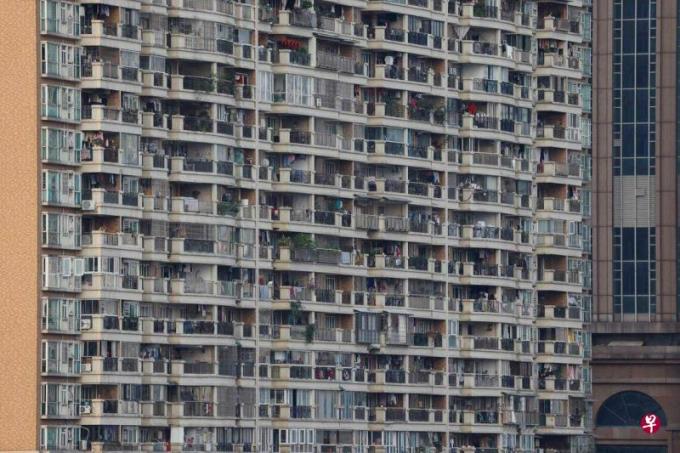
As the outside world has increased the expectations of China's launch of more stable growth policies in the second half of the year, discussions on the relaxation of housing purchase policies in first -tier cities have risen again.The analysis believes that more localities may introduce more new property market policies and play a superimposed effect to boost the property market, but the possibility of restricting purchase restriction in first -tier cities.
As the vane of the development of China's property market, the trends and policies of first -tier cities such as "Beijing, Shanghai, Guangzhou and Shenzhen" have attracted much attention.Guangzhou on Wednesday (June 28) issued a new policy of a two -child and above household provident fund, with two children and at least one child minor family. The housing provident fund loan purchase the first self -housing with the maximum amount of housing provident fund loans.The New Deal has been implemented from the date of its release, with a validity period of five years.
This is another measure for the optimized property market policy in first -tier cities.Since the beginning of this year, more than 100 cities in China have issued a property market adjustment policy, including reducing down payment, adjustment of purchase restrictions, increasing the amount of provident fund loan, etc., to stimulate the development of the local real estate market.The housing provident fund policy, encourage many children's family to buy houses, relax second -hand housing guidance prices, etc.
Beijing, Shanghai, and Shenzhen have all proposed policies to support two -child and above families.According to the new regulations implemented in May since May, multi -children families in accordance with Shanghai housing provident fund loan purchase their first houses, and the highest loan limit has floated by 20%on the basis of the city's highest loan limit.
However, policy adjustments such as provident funds and other policies to promote the development of the property market are relatively limited. After the gentle recovery of the first quarter of this year, China's property market transactions have recently fallen significantly.Chinese official data shows that the sales prices of second -hand residential residential residential residential first -tier cities in May have increased from 0.2%to 0.4%from last month.Among them, Beijing, Shanghai, Guangzhou, and Shenzhen decreased by 0.6%, 0.8%, 0.2%, and 0.1%month -on -month.
China's economic recovery in the second quarter weakened. Officials are studying to promote a new round of steady growth measures. Some analysts believe that the introduction of measures to support real estate, boost domestic demand, or major probability incidents. In first -tier cities, they may usher in more relaxed cities.The property market regulation and control policy is loosened.
The China Economic Times hosted by the Development Research Center of the State Council of China, the article entitled that real estate restrictions in first -tier cities should be optimized and adjusted in the early June.The administrative means of real estate adjustments such as purchase restrictions should be optimized in a timely manner until exit.
Huang Tao, general manager of Guangzhou Central Plains Real Estate Project Department, was analyzed in an interview with Lianhe Morning Post. At presentEssenceAs far as first -tier cities are concerned, there is still many space for policy adjustment, but it is expected to be mainly adjusted by small and micro, that is, through the policy superposition effect, it helps the property market to boost, and it is unlikely to let go of the purchase restriction.
Huang Tao believes that in the iconic areas of first -tier cities, the "one -time in place" property market policy adjustment is easy to mislead, and may even appear up.EssenceHe pointed out that June to August is the off -season of the traditional Chinese property market. The market goal is to stop falling and stabilize. At present, the Chinese property market may appear upward in the second half of the year, or around September and October.



